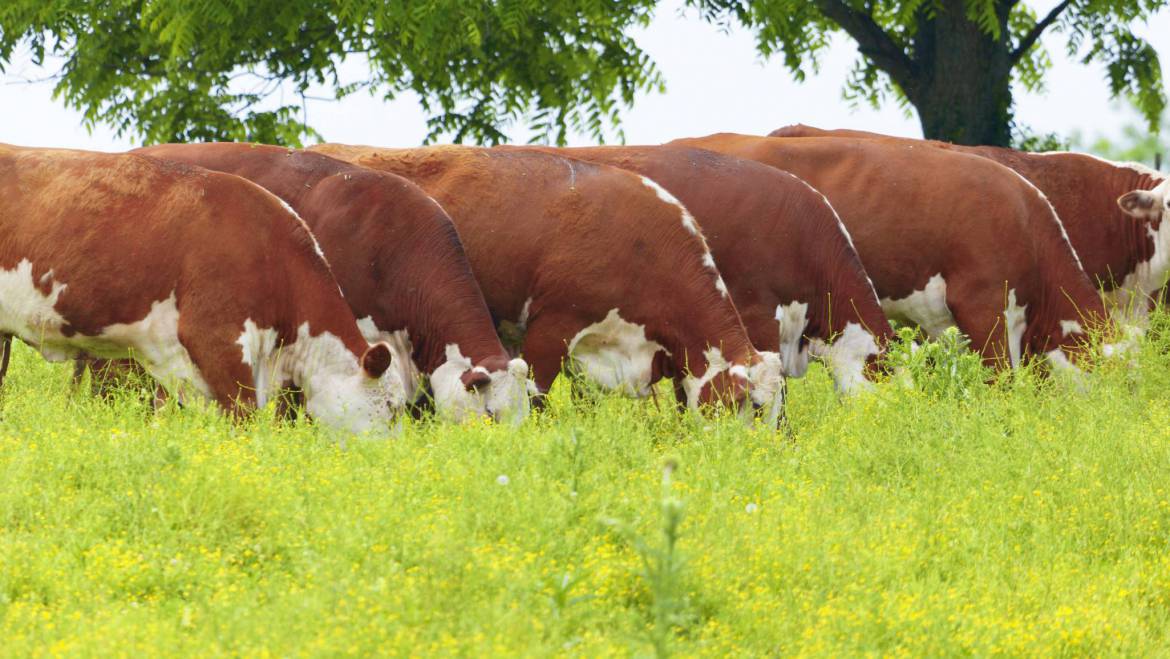Fleckvieh – Simmental
Fleckvieh, also known as Simmental or Swiss Fleckvieh, is a breed of domestic cattle. However, its designation in Switzerland differs from that in Germany and Austria. In Germany and Austria Fleckvieh and Simmental or Simmental Fleckvieh are used synonymously. In Switzerland, Simmental cattle are defined as having less than 12.5 per cent Red Holstein blood, while until 1 July 2008 Swiss Fleckvieh was used to designate animals with 12.5 to 75 per cent Red Holstein blood. As of 1 July 2008, the so-called blood limit was increased to 87 per cent for the distinction from Red Holstein. In addition, Swiss Fleckvieh is to become an independent breed. However, Fleckvieh in Germany and Austria also has a certain proportion of Red Holstein blood. Fleckvieh is a so-called dual-purpose breed for which beef and dairy production are equally important. The breed originated as domestic cattle in the Simmental Valley in the Bernese Oberland, which was already known for its large and pied cattle in the Middle Ages.
History
The original home of this cattle breed is probably the Bernese Oberland (Simmental). Simmental Fleckvieh was created from various local strains. The most important strains were the large Saanen and the lighter Frutigvieh. What is certain is that Simmental Fleckvieh has been bred in western Switzerland for at least 1400 years. Simmental Fleckvieh was as closely related to the now extinct Freiburger breed as the Red-Holstein and Holstein breeds. The red pied Simmental cow differed from the Freiburger cow in its recessive red factor inherited from both parents, which led to its phenotypic red pied colour.
After 1830 the first breeding animals were imported into Austria and Germany. Germany now boasts the largest population of this breed, ahead of Austria and Switzerland.
Special characteristics
The use of this domestic cattle as a dual-purpose breed is typical only in Central Europe. Worldwide, this cattle breed is of great importance above all in beef production. The milk yield of the mother cows is an excellent basis for breeding purely for beef. The age at first calving is 30 months. Fattening bulls show a daily gain of approx. 1,300 g. The dressing percentage is approx. 63 per cent.
Currently of importance mainly in beef cattle farming only, first genetically hornless animals are also to be found among the dual-purpose type. They are highly suitable for keeping in groups and loose housing. This minimises the risk of injury among the animals and to humans.
Key figures
For dairy use
6,806 kg of milk on average, 4.14 per cent fat, 3.48 per cent protein
breeding targets: 7,000 to 8,000 kg of milk; 4.00 per cent fat; 3.70 per cent protein
For beef use
high percentage of valuable meat
good milk yield
high weaning weights
